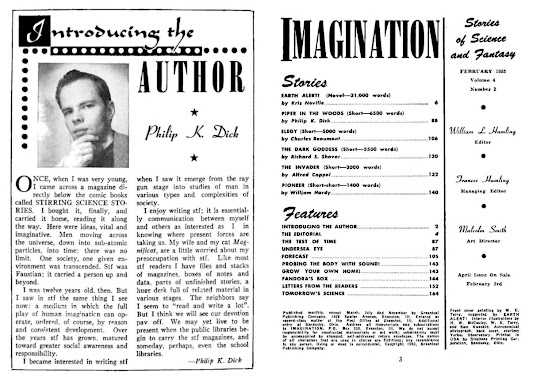Homicide: Saigon
by Stephen Mertz
Wolfpack
Publishing, 2021
Homicide: Saigon, by
action maestro Stephen Mertz, is as fast as a bullet and as much fun as a
summer afternoon. It is 1970. The United States’ war in Vietnam is near its
height and more unpopular than ever. As a public relations gimmick, the Army
brass embeds journalists with select “in-country” units hoping for positive publicity.
Maj. Cord McGavin is a hot-shot U.S. Army CID investigator stationed in Saigon.
Cord is unhappy with the idea of a photojournalist following him around. He is
even more so when he discovers the photographer is his wife, Kelly. An
assignment Kelly had to go undercover to get and it could threaten McGavin’s
career.
But McGavin’s career
worries disappear when he is confronted with a drug trafficking operation that
began as street rumors and then escalated into a dockside firefight. On one
side are a handful of American servicemen and on the other side is an ARVN (Army
of the Republic of Vietnam) cop and McGavin. The ARVN cop doesn’t trust any of
his American counterparts, including McGavin, because the drug ring appears to
have deep roots within the U.S. Army. McGavin’s instincts tell him something
big is going down, but Kelly’s presence is disturbing in two ways: she’s
beautiful; and she’s in danger every second she spends in Vietnam.
Homicide:
Saigon is
a sharply plotted and laconic action thriller with a rich setting and just
enough characterization to make it interesting. It is less police procedural, or
mystery, than it is an arrow-straight action tale. McGavin is a big and tough hero
without many visible flaws—other than the distracting presence of Kelly—with a knight
errant-like passion for justice. A step above most of it’s competitors, Homicide:
Saigon, will appeal to anyone who enjoys those old-school masculine
thrillers so popular in the 1970s and 1980s.
Check out Homicide: Saigon at Amazon in paperback here and in Kindle here.










